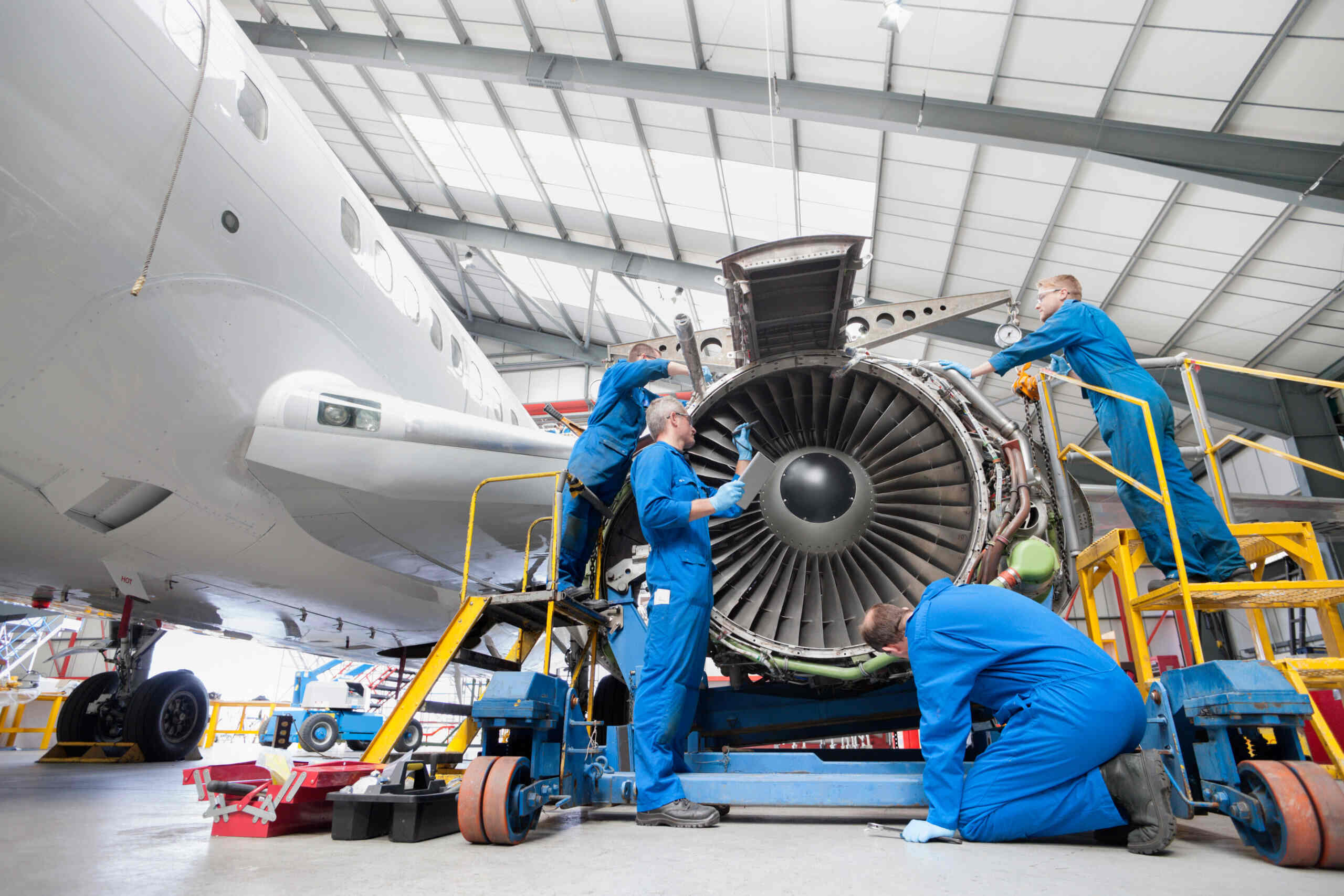
Ever wondered how aircraft manufacturers create those giant flying machines? From the sleek designs of commercial jets to the powerful engines of military aircraft, these companies push the boundaries of engineering and innovation. Boeing and Airbus are household names, but did you know there are many other players in the industry? Each manufacturer has its unique history, challenges, and triumphs. Understanding the world of aircraft manufacturers can be as thrilling as a high-altitude flight. Buckle up as we dive into 15 fascinating facts about these aviation giants. Whether you're an aviation enthusiast or just curious, these insights will surely elevate your knowledge.
Key Takeaways:
- The pioneers of aviation, such as the Wright Brothers and Boeing, revolutionized air travel with their groundbreaking inventions and contributions to the aerospace industry.
- Aircraft manufacturers have not only shaped commercial air travel with innovations like the Boeing 747 and Airbus A380 but also played a crucial role in military aviation with aircraft like the F-22 Raptor and B-2 Spirit.
The Pioneers of Aviation
Aircraft manufacturers have a rich history filled with innovation and groundbreaking achievements. Here are some fascinating facts about the pioneers in the aviation industry.
-
The Wright Brothers are credited with inventing and building the world's first successful airplane. Their first flight on December 17, 1903, lasted only 12 seconds but changed the course of history.
-
Boeing, founded in 1916 by William Boeing, started as a small airplane manufacturing company in Seattle. Today, it is one of the largest aerospace companies globally.
-
Lockheed Martin began as the Loughead Aircraft Manufacturing Company in 1912. It played a crucial role in developing advanced military aircraft during World War II.
-
Airbus was established in 1970 as a European consortium to compete with American manufacturers. It has grown into one of the leading aircraft manufacturers worldwide.
-
Douglas Aircraft Company, founded in 1921, was a major player in the aviation industry. Its DC-3 aircraft revolutionized air travel in the 1930s and 1940s.
Innovations and Milestones
Aircraft manufacturers have been at the forefront of technological advancements. Here are some key innovations and milestones achieved by these companies.
-
The Boeing 747, introduced in 1969, was the first wide-body commercial airliner. It could carry more passengers and fly longer distances than any previous aircraft.
-
Concorde, developed by a partnership between British Aircraft Corporation and Aérospatiale, was the first supersonic passenger jet. It could fly from New York to London in just over three hours.
-
Airbus A380, the world's largest passenger airliner, made its first flight in 2005. It can carry up to 853 passengers and has two full-length passenger decks.
-
Lockheed SR-71 Blackbird was a long-range, advanced, strategic reconnaissance aircraft that could fly at speeds over Mach 3. It was used by the U.S. Air Force from 1966 to 1998.
-
Boeing 787 Dreamliner introduced composite materials in its construction, making it lighter and more fuel-efficient. It entered service in 2011 and set new standards for passenger comfort.
Military Contributions
Aircraft manufacturers have also made significant contributions to military aviation. Here are some notable facts about their military aircraft.
-
The F-22 Raptor, developed by Lockheed Martin, is a fifth-generation fighter jet known for its stealth capabilities and advanced avionics. It entered service in 2005.
-
Boeing B-52 Stratofortress has been in service since 1955 and remains a key component of the U.S. Air Force's strategic bomber fleet. It can carry nuclear and conventional weapons.
-
Eurofighter Typhoon, a collaboration between Airbus, BAE Systems, and Leonardo, is a highly agile multirole fighter. It is used by several European air forces.
-
The A-10 Thunderbolt II, also known as the Warthog, was developed by Fairchild Republic. It is renowned for its durability and effectiveness in close air support missions.
-
Northrop Grumman B-2 Spirit, a stealth bomber, can penetrate sophisticated enemy defenses and deliver both conventional and nuclear payloads. It has been in service since 1997.
Final Takeaways on Aircraft Manufacturers
Aircraft manufacturers have shaped the skies with their innovations and engineering marvels. Companies like Boeing and Airbus dominate the industry, pushing boundaries with each new model. Smaller manufacturers also play crucial roles, contributing unique designs and specialized aircraft. The history of aviation is rich with milestones, from the Wright brothers' first flight to the development of supersonic jets.
Understanding the impact of these manufacturers helps us appreciate the complexity and ingenuity involved in creating safe, efficient, and advanced aircraft. Whether it's commercial airliners, military jets, or private planes, each has a story and a purpose. As technology continues to evolve, so will the capabilities and designs of future aircraft.
Next time you board a plane, remember the incredible journey of innovation and dedication that made your flight possible. The sky's the limit, and aircraft manufacturers are leading the way.
Frequently Asked Questions
Was this page helpful?
Our commitment to delivering trustworthy and engaging content is at the heart of what we do. Each fact on our site is contributed by real users like you, bringing a wealth of diverse insights and information. To ensure the highest standards of accuracy and reliability, our dedicated editors meticulously review each submission. This process guarantees that the facts we share are not only fascinating but also credible. Trust in our commitment to quality and authenticity as you explore and learn with us.


